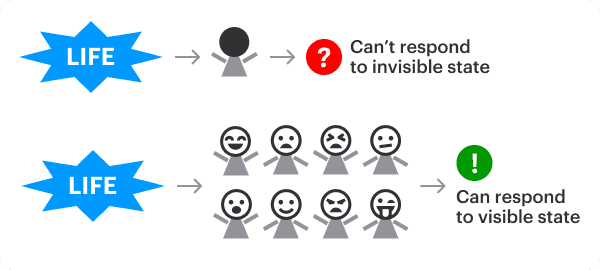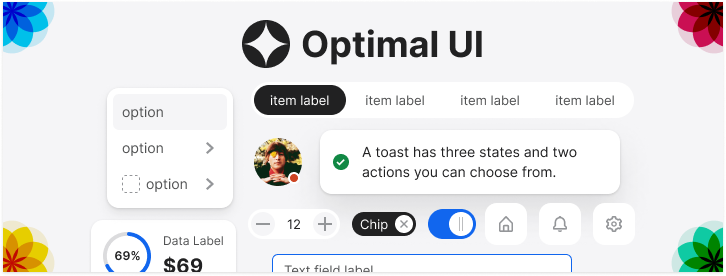Did you know that interface states are a lot like human states? Humans cycle through emotional states as they go through life. In the same way, interfaces cycle through contextual states as users interact with them.
Problems can arise when these states aren’t visible. Imagine if humans never showed their states through body language, facial expressions, or vocal tonality. Nobody would know how to interact to meet each other’s needs. It’s because emotional states are visible that humans can relate and respond to each other.

It’s just as important for contextual states to be visible to users on the interface. If they aren’t, users can’t respond to the system and interact with it properly. Without an appropriate response, users will cause errors that lead to inconvenience or disaster. It’s imperative to make your interface states as visible as the states on a human.
Psychology research has discovered that there are a limited number of emotional states. Similarly, the number of contextual states on interfaces is also finite. There are four contextual states that govern all interfaces. Each state is the system speaking to users about what’s occurring in the current context.
Read Full Article
Read the full article to learn about the four contextual states and how to represent each of them on your interface. Subscribe for only $9/month and you’ll get full access to all our premium articles.

